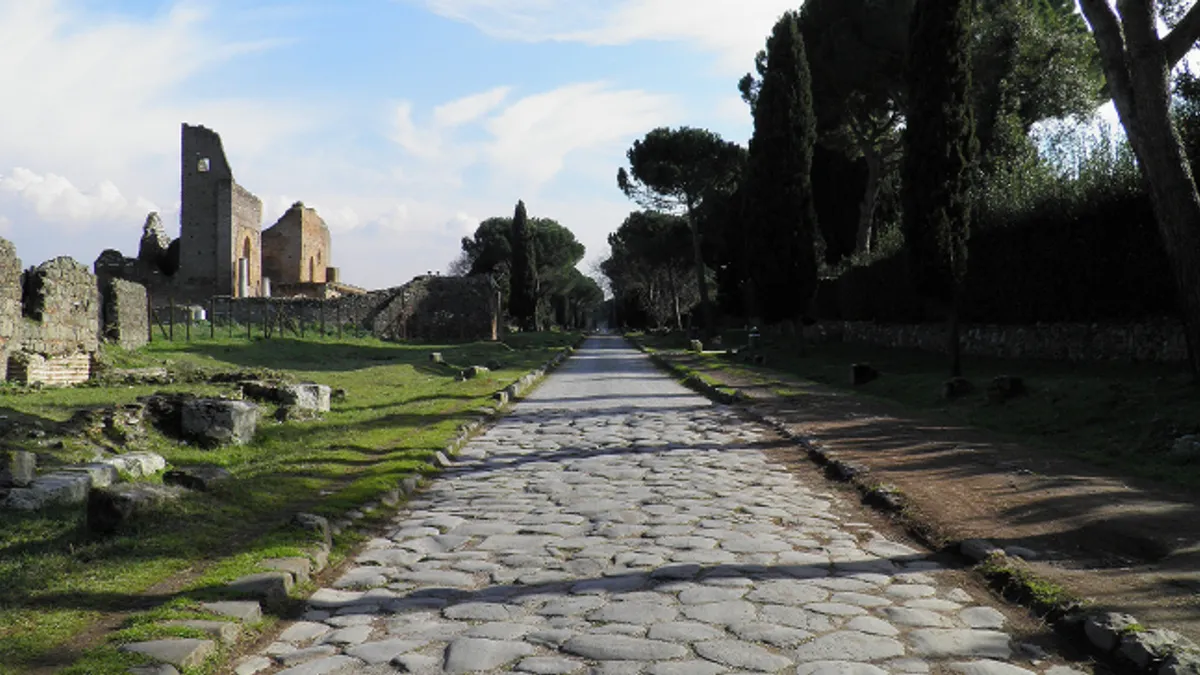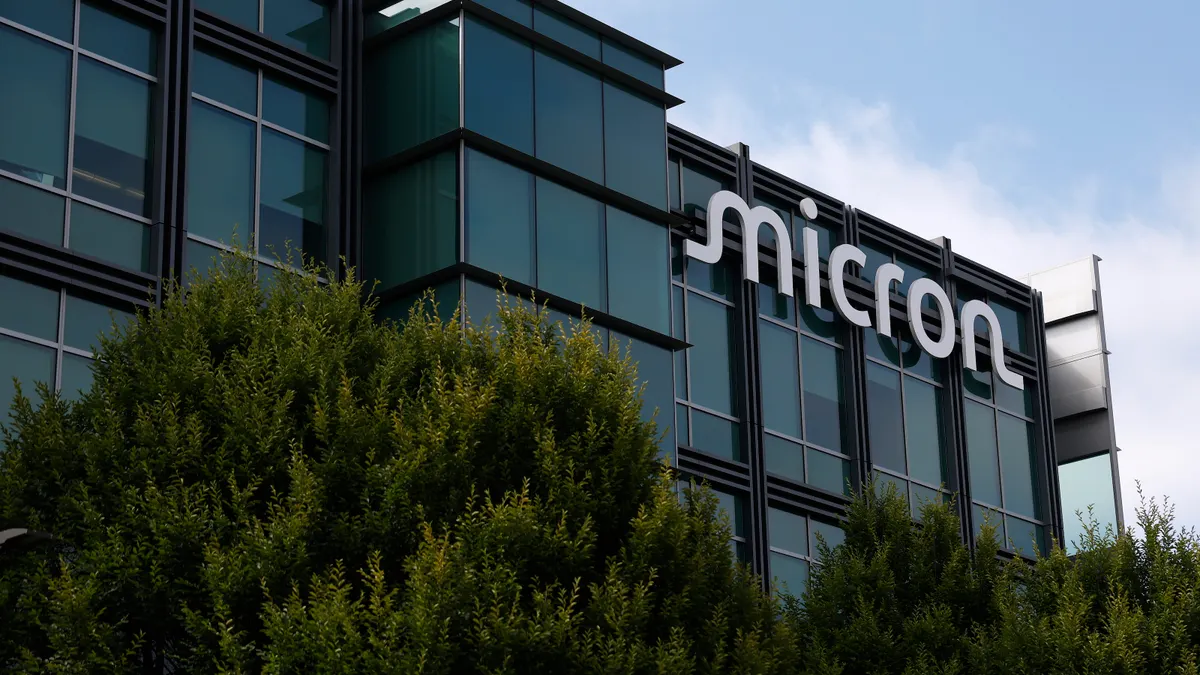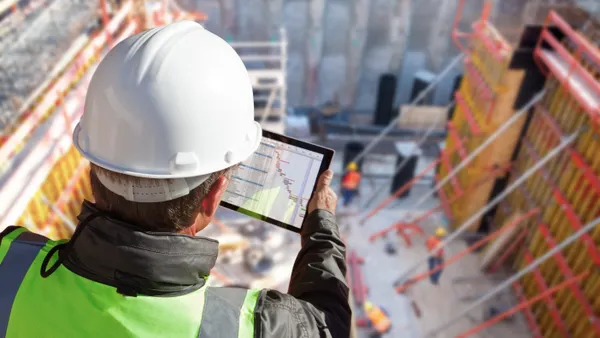The construction industry has a long history of innovation. From the Romans paving the way for our modern road infrastructure to technological breakthroughs like the building information modeling (BIM) system, we've come a long way from breaking the wheels of our horse-drawn carriages in rutted dirt roads.
And just as the Romans improved upon dirt roads and modern asphalt roads improved upon Roman highways, we're entering a new and exciting era of construction innovation—one where recycled asphalt lowers costs and carbon emissions, internet of things (IoT) sensors analyze traffic data to improve safety and reduce congestion, and electrified roads charge electric cars in transit. Innovation is exciting, but it can also breed anxiety. Imagine the skepticism John Froelich faced when he told farmers he'd invented a replacement for horses!
The truth is, innovation is good. Innovations reduce long-term costs, boost resilience and increase productivity. That's no less true for the construction industry, and it's one reason why innovations in road technology excite us.
Innovation lowers costs in the long term
Change is scary, yes, but it can also be expensive—in the short term, anyway. Many innovations follow a predictable pattern called the adoption curve, or the S curve. According to the S curve model, innovations like new products typically begin with a period of slow growth marked by high costs. As demand for a new product gradually increases and prices fall, affordability and improved functionality lead to exponential growth in demand, further contributing to lower costs and even better functionality.
Source: Arkieva
The rate of adoption of the new product eventually slows, at which point it becomes ripe for disruption and the cycle begins anew. If you remember the first cell phones, chances are you witnessed an S curve play out over the years.
In 1983, the Motorola DynaTAC 8000X became the first commercially available cell phone. According to Ooma, the phone sold for $3,995 in 1983. Adjusted for inflation, that's $10,711.65 in today's money. Now, compare that to $800 for a new iPhone 12 or Galaxy S21, and it's clear to see how drastically cell phone prices have fallen, not to mention the huge strides they've made in functionality. Try taking a selfie with an 80s brick phone.
It's a similar story for innovations in road construction. Inventions like the geogrid make for sturdier roads that last longer, and creative uses of materials like using ground tire rubber (GTR) in asphalt are ways to reduce road construction costs and tread more lightly on the environment.
Innovation boosts resilience
Speaking of change, what about climate change? As Néstor Cenizo points out in an ONTHEROAD article, climate change is having significant negative impacts on road infrastructure. And according to NOAA, billion-dollar weather and climate disasters in the US are riding an upward trajectory, with the average annual cost of such events rising from $18 billion per year in the 1980s to $123.3 billion per year in the last five years alone.
Adapting to these changes will require resilient roads that can withstand changing and more variable conditions. That means innovation. Innovative approaches to rainwater management like planting trees and building bioswales already improve resiliency in some areas by mitigating flood risk, and indigenous fire management practices like controlled burns are making a comeback for protecting communities from wildfires in places like California, British Columbia and Australia.
These and many other tactics all contribute to infrastructure resilience, and they stand to benefit even more from technological innovations like geogrids. Geogrids improve road resilience by reducing longitudinal cracks over poor quality soils which shrink and swell with varying participation, and by improving durability in cold climates where frost heave can threaten road integrity.
Innovation is proven and cost-effective
Returning to the S curve, it's easy to see how innovation both makes life easier and more affordable. The high quality of life many people in developed countries enjoy simply would not be possible without many innovations from the past century. In warmer climates, air conditioning alone has saved countless lives from heat-related illnesses, not to mention the thousands of lives saved by mosquito nets in malaria-affected regions.
Innovation works, and it's cost-effective. Synthetic geogrids not only build more durable, longer-lasting roads, but they also shave time off the construction process and require fewer layers of pavement. This translates to lower lifetime costs and lower upfront costs in time and raw materials savings.










